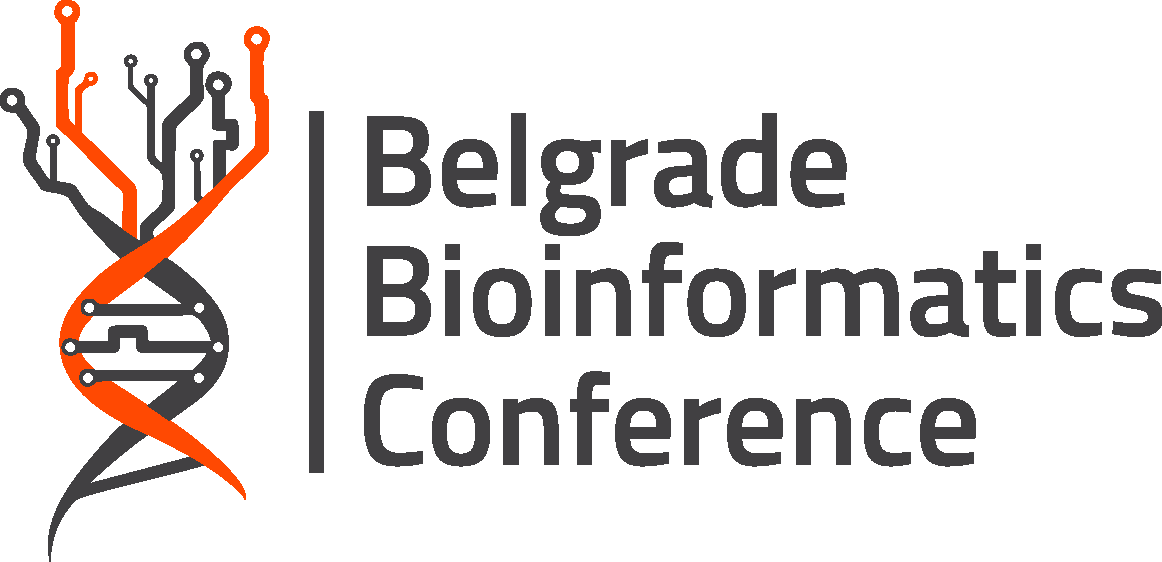Dragana Bosnić*, Gordana Timotijević, Dragana Nikolić and Jelena Samardžić
Institute of Molecular Genetics and Genetic Engineering, University of Belgrade, Belgrade, Serbia
dragana.bosnic [at] imgge.bg.ac.rs
Abstract
Environmental pollution with heavy metals such as copper (Cu) severely hinders optimal plant growth and development. Silicon (Si) is a plant nutrient that can improve plant health through diverse mechanisms. microRNAs (miRNAs) are recognized as effective regulators of various processes in plants, including stress responses, however, their involvement in Si-protective effect remains unrevealed. To clarify the molecular pathways involved in the protective effect of Si, small RNA-seq analyses (Illumina Sequencing SE50) was performed on cucumber plants treated with silicon (Si) alone or with a high concentration of Cu (Cu+Si).
The small RNA tags were mapped to the reference sequence by Bowtie tool, following no-mismatch or one mismatch criterion, to analyze their expression and distribution. Identification of known miRNAs among the mapped small RNA tags was accomplished by miRBase22.0 database. miREvo and mirdeep2 were exploited to predict novel miRNAs by analyzing the secondary structure, Dicer cleavage site, and minimum free energy of the small RNA tags unannotated in the previous steps. The prediction of the target gene of miRNA was performed by psRobot. Differential expression analysis of two treatments was done using edgeR, with the default threshold qvalue < 0.05 and |log2(fold change)| > 1.
A total of 71 miRNAs were identified in cucumber plants. Twenty miRNAs that were significantly differentially expressed, including seven novel miRNAs were clustered to find similar expression patterns. miR398 and miR408, which are known to target Cu-proteins important for Cu metabolism and transport, were significantly downregulated in Cu+Si treatment. In contrast, miR156, miR164, mir167, miR394, and miR477 were upregulated in Cu+Si. Additionally, two novel miRNAs (Novel_15 and Novel_19) were highly expressed and specific to Cu+Si, while, the Novel_12 miRNA was specific to Si treatment. The putative target genes of the differentially expressed miRNAs were subjected to Gene Ontology (GO) enrichment analysis, which revealed localization and transport as the most significant GO terms in this study.
Keywords: silicon, copper, plants, sequencing, miRNAs
Acknowledgement: This study has been funded by the Ministry of Science, Technological Development and Innovation of the Republic of Serbia (grant number 451-03-66/2024-03/200042).

